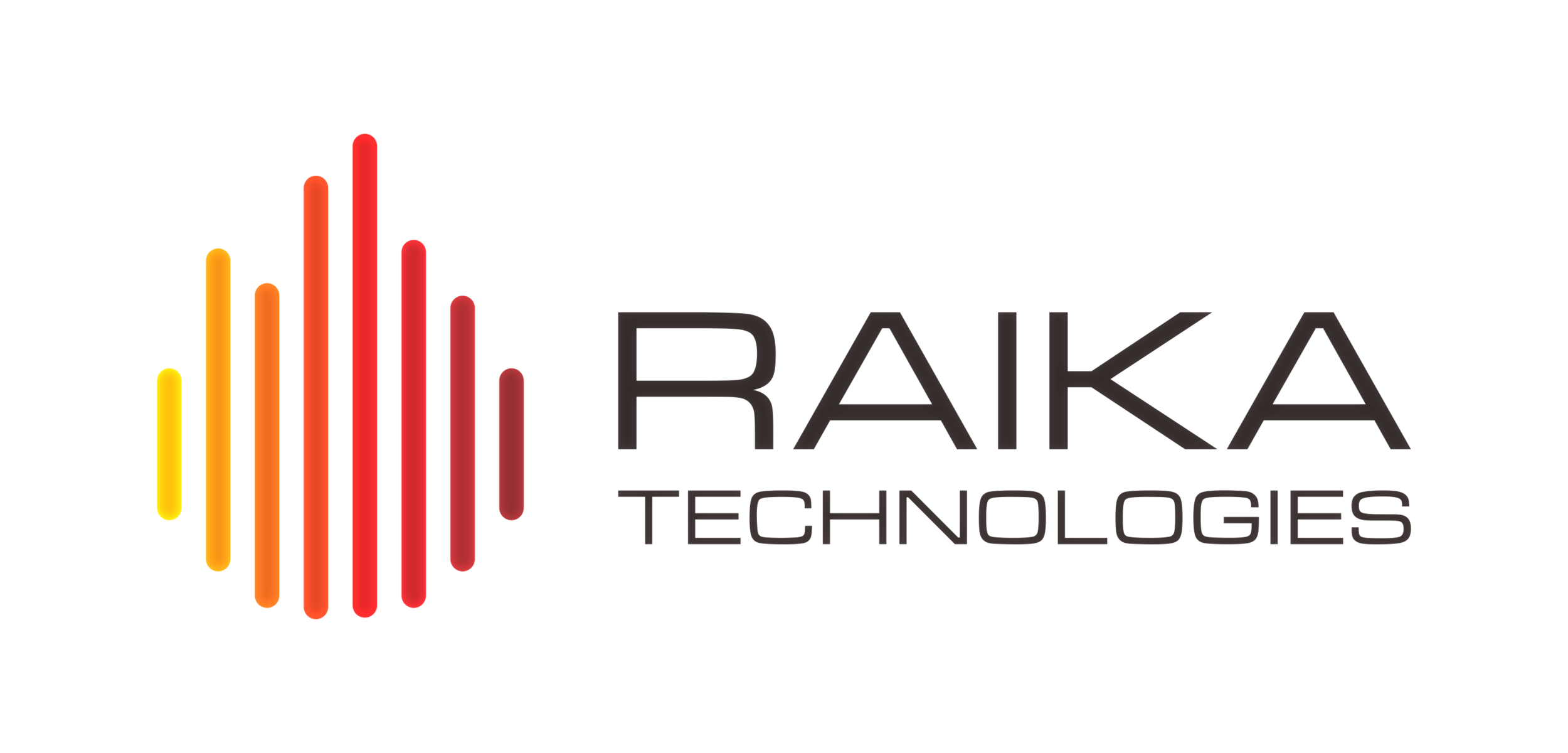Stages of the Startup Journey - #2: Research and Validation
Stage 2: Research and validate EVERYTHING
This is the point in the journey where you get really interested in everything you can possibly dredge up about your target industry and proposed solution. You need to get so clear about what you are proposing, the problem you are solving and how your solution resonates, because this is the only way to ensure that you have the best shot at getting good investment capital, getting the right people on your team, and turning your idea into a successful business.
Market metrics and competitive analysis
You’ll need metrics on market size and cap, which you can usually find through US census data and targeted Google searching. This research should apply to your specific target industry, and should reveal how much of the market you can expect to capture.
For example, if you are building a new hotel chain and you find that Marriott owns 90% of the market, trying to capture 10% of the market will be virtually impossible. You’ll be competing with every other brand and so you need to set a reasonable market capture goal.
You also need to understand who your competition is. It’s tempting to think you’re creating something brand new, but that’s almost always the exception, not the rule. Generally you should be able to find at least a few options for other tools or solutions to the problem you are targeting. Competition is good because it proves market viability. This will also help you later on when you start thinking about how to price your product and who to charge.
User personas
User personas are a “straw man” approach to defining your ideal users. They should be given names (use a random name generator; it’s fun!), ages, incomes, and personality traits. All of these things should describe between one and four ideal customers of your proposed solution and should be descriptive enough that when you meet someone new who is a person with your problem, you can easily fit them into one of your user personas.
Prototype
You need to identify that ONE critical, core function or feature that absolutely communicates the value you are proposing and how you intend to solve the problem. This, and ONLY this, should be your prototype. A prototype is a self-contained, non-functional example of that ONE core feature or function, and nothing more. In order to get the most meaningful, targeted feedback possible, your prototype should be super simple, and you should avoid doing heavy graphic design and UX work on it at this point. “Pretty” comes later. Right now we just want to know if the problem is big enough and our solution is compelling enough that there’s real ROI here.
User interviews
Remember all of those user personas we created? Now it’s time to find real people who fit those personas and talk to them! Start by sharing with them a problem value statement that describes the problem you are attempting to solve and getting candid feedback about the problem itself. Be open to learning things you didn’t know (and things you didn’t know you didn’t know) about the initial problem. Be willing to entertain the idea that you don’t have all the answers when you start out.
Then share the prototype and allow the user to interact with it with as little coaching and guidance as possible. Note any questions they ask, and start with asking for general feedback about the prototype and proposed solution.
The most important thing to remember is that you MUST remove your own bias when creating your interview questions! It’s hard to do this, but it is possible and you’ll get far better feedback and results when you do.
Start exploring pricing
Now is also the time to start exploring pricing and revenue models. Who are you going to charge and how will you charge them? You can ask questions about this in your interviews, but you can’t ask them directly. So instead of asking, “How much would you pay for a solution like this?”, craft a question that gets at what they are actually spending now. Something like: “What tools are you using now?”, “Are you aware of any tools that solve this problem today?” If they name other tools, which they almost always will, you can do research on those to draw conclusions about how to price yourself in the market.
This phase is one of the most fun and the time when you get really honest with yourself about the viability of what you are trying to build. DON’T SKIP IT! This step can make or break everything you do after it, and how you do this piece is a huge indicator of how successful you’ll be later in your journey.

